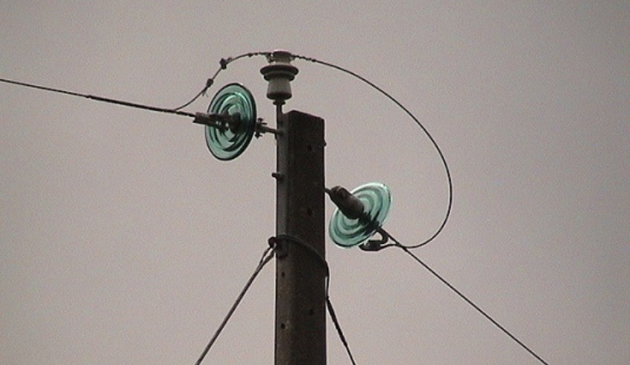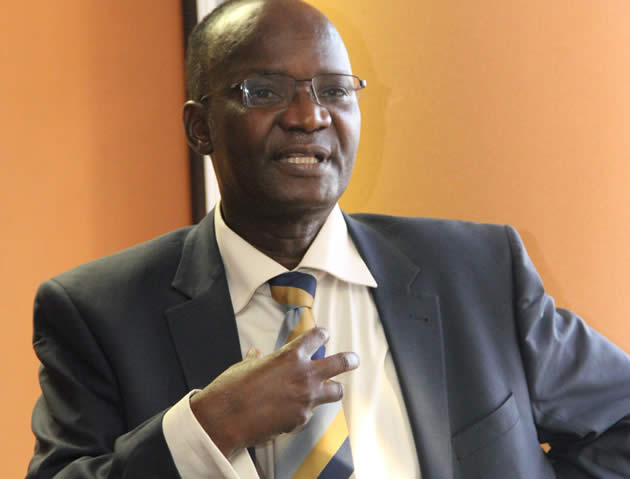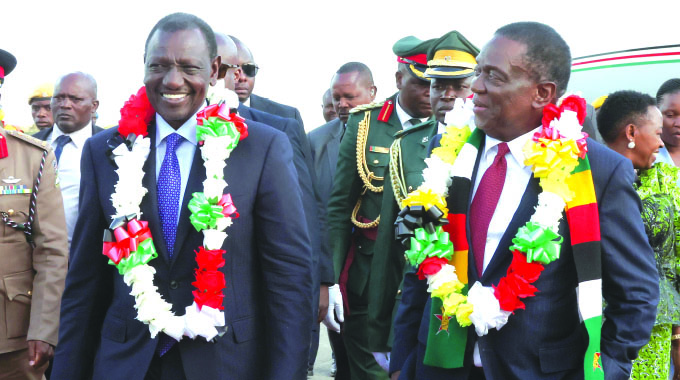REA electrifies 9 000 institutions

 Susan Nyabunze Herald Reporter
Susan Nyabunze Herald Reporter
The Rural Electrification Agency has electrified over 9 000 institutions in remote parts of the country since independence, an official has said.
Speaking at the commissioning of electrification project in Chireya, Gokwe North recently, REA chairperson Mr Willard Chiwewe said the achievement was a result of the combined efforts by various stakeholders in the area.
“Chireya is one of the biggest business centres in Gokwe North with more than 69 registered general dealers who will use it (electricity) to enhance their lives,” he said.
“We believe that rural electrification is a major pillar in enhancing socio-economic development in rural communities and we will continue to provide it to the country.”
Mr Chiwewe said the US$502 000 project was to benefit a secondary school, a primary school, a hospital and four Government extension offices, among other customers.
Commissioning the project, Energy and Power Development Minister Dzikamai Mavhaire said although REA had achieved progress, the region was still facing serious power generation shortages.
“Our Government, in collaboration with other Sadc countries, is exploring all avenues to alleviate the severe power shortage in the region through expansion of existing power stations, development of new power stations and promotion of energy conservation,” he said.
“Despite these efforts by Government towards expansion of existing power stations, there is need to develop decentralised energy systems based on renewable energy sources, especially for rural areas.”
Minister Mavhaire said REA had already embarked on renewable energy source programmes where more than 400 solar systems had been installed at institutions nationwide.
On behalf of the Gokwe North community, Councillor Senzeni Rusike said the development paved way for various projects to be undertaken to eradicate poverty.
Zimbabwe generates electricity at its five power stations located in Kariba, Munyati, Harare, Bulawayo and Hwange, producing a combined installed capacity of 1 960MW against a national demand of around 2 200MW.
Power generation and supply in the country is expected to improve by 2017 when projects between the Government and foreign investment companies are completed.
The projects underway are the Kariba South Power project and the expansion of the Hwange Thermal Station, both expected to be completed by 2017.








Comments